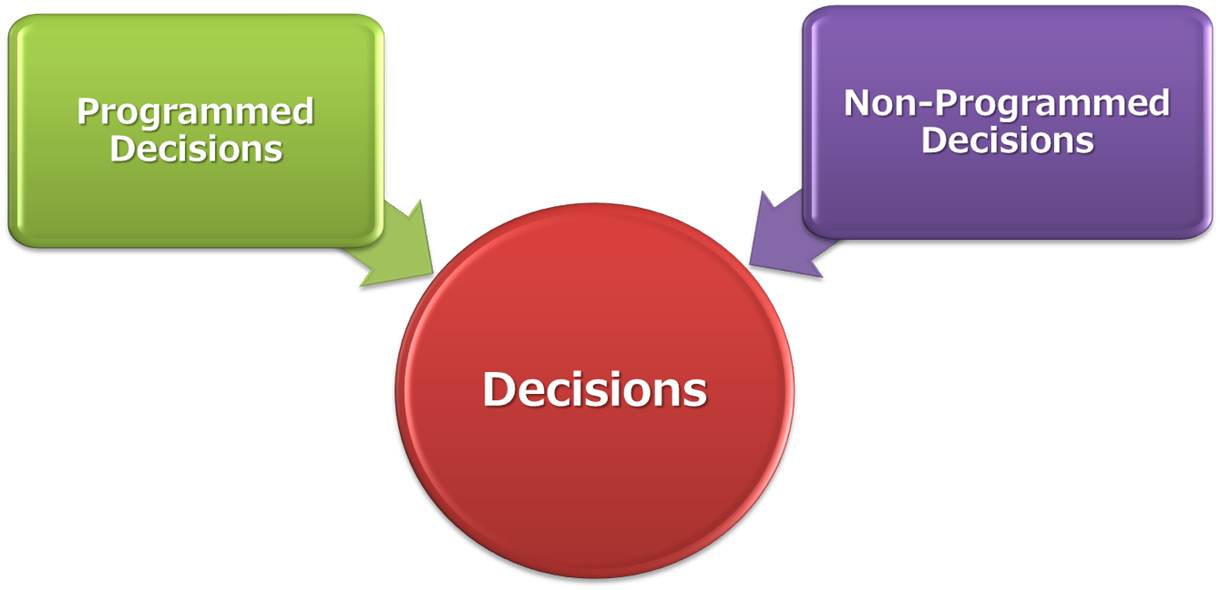Zero-based budgeting (ZBB) is a budgeting process that asks managers to build a budget from the ground up, starting from zero.
The idea is to divide organization programs into “packages” and then to calculate costs for each package from the ground up (Zero).
Zero-based budgeting (ZBB) has some strong features.
- Managerially driven.
- Rationalizes budget cuts.
- Effective for reallocating resources within departments.
- Moves the organization away from incremental budgeting.
- More effective when good performance measures are in place.
- Makes the trade-offs between inputs and outputs more transparent.
- Can be used to centralize budget decision-making, if that is a goal of budget reform.
Zero-based budgeting, also known simply as ZBB, has had a long and sometimes controversial history in the public sector.
U.S. President Jimmy Carter first used Zero-based budgeting.
He used ZBB when he was governor of Georgia. After being elected as president, Zero-based budgeting used to balance the federal budget and reform the federal budgeting system.
Carter and budget theorists envisioned Zero-based budgeting. It requires expenditure proposals to compete for funding on an equal basis – starting from zero.
In theory, the organization’s entire budget needs to be justified and approved, rather than just the incremental change from the prior year.
Zero Base Budgeting is a method of budgeting whereby all activities are revaluated each time budget is formulated and every item of expenditure in the budget is fully justified.
Thus the Zero Base Budgeting involves from scratch or zero.
Zero-based budgeting [also known as priority-based budgeting] actually emerged in the late 1960s as an attempt to overcome the limitations of incremental budgeting.
This approach requires that all activities are justified and prioritized before decisions are taken relating to the number of resources allocated to each activity.
In incremental budgeting or traditional budgeting, the previous year’s figures are taken as a base and based on the same the budgeted figures for the next year are worked out.
Thus the previous year is taken as the base for the preparation of the budget.
However, the main limitation of this system of budgeting is that an activity is continued in the future only because it is being continued in the past.
Hence in Zero Based Budgeting, the beginning is made from scratch and each activity and function is reviewed thoroughly before sanctioning the same and all expenditures are analyzed and sanctioned only if they are justified.
Besides adopting a ‘Zero-Based’ approach, the Zero Based Budgeting also focuses on programs or activities instead of functional departments based online items, which is a feature of traditional budgeting.
it is an extension of program budgeting. In program budgeting, programs are identified and goals are developed for the organization for the particular program.
By inserting decision packages in the system and ranking the packages, the analysis is strengthened and priorities are determined.
Theory of Zero-Based Budgeting
ZBB moves the organization away from incremental budgeting.
Under ZBB the last year’s budget is no longer the starting point. Starting point becomes zero and past patterns of spending are no longer taken as a given.
The organization is divided up into “decision units” for this to the lowest level at which budget decisions are made. For example, the Telephone Marketing division of Marketing Department.
Always there will three decision-packages for each decision-unit.
However, the number could be five, seven, ten or higher.
Three elementary categories of decision-packages are Base package, Current service package, Enhanced package.
-
Base Package in Zero-Based Budgeting
Base Package shows the minimum level of funding required to keep any “decision units” viable and operational. This allows managers to understand the minimum budget required for running any program/unit/department.
-
Current Service Package in Zero-Based Budgeting
Current Service Package finds what are the funding needs to keep the “decision units” at the current level of production/service output. Clearly, this indicates the funding requirements for keeps this as they are in any program/unit/department.
-
Enhanced Package in Zero-Based Budgeting
If an organization wants to improve any “decision units”, ZBB shows the funding requirements for that.
By starting the budget of each package from base zero, budgeters calculate costs for each budget period rather than merely the adjustments to an existing conventional budget.
Under Zero-based Budgeting the decision packages as said earlier, are ranked in order of importance.
Then funds are allocated to each decision package according to its relative rank.
The higher the rank, the greater the probability of full funding; the lower the rank, the more likely the activity is to be partially funded, or be dropped.
The principal advantage of this technique is, of course, the fact that it forces managers to plan each program package afresh.
As managers do so, they review established programs and their costs in their entirety along with newer programs and their costs.
Budget is always art as much as it is science.
Given the theoretical and practical challenges associated with ZBB, it takes a clear endorsement from the organization’s leadership to make it work.

